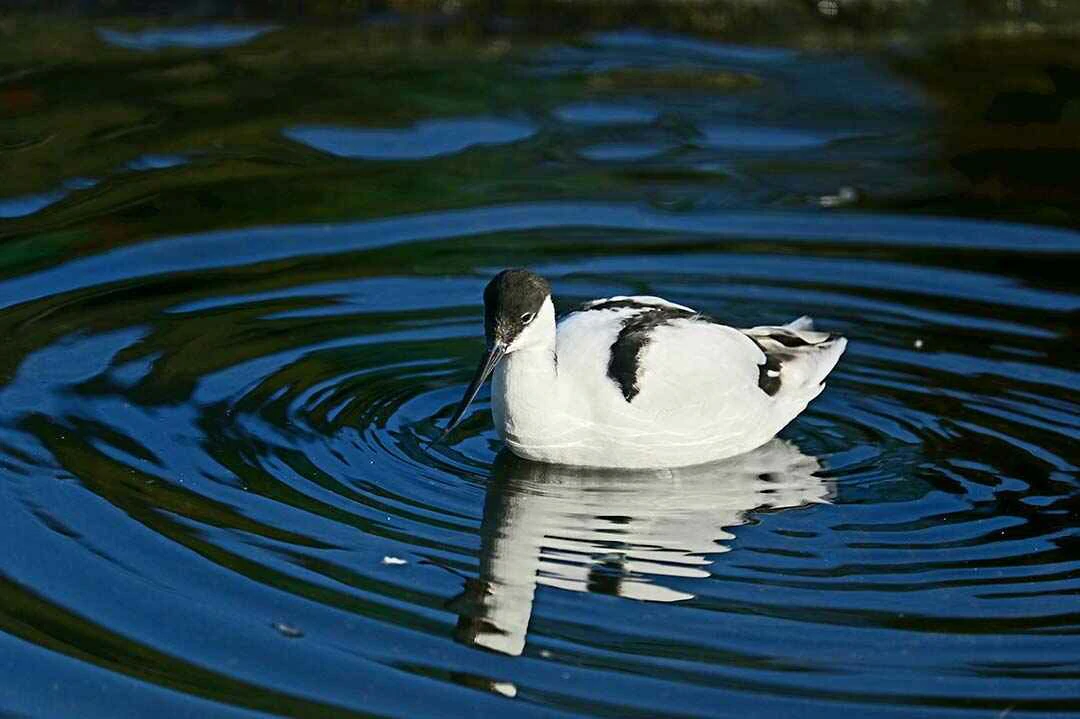
BIRDING IN
Ngorongoro Crater
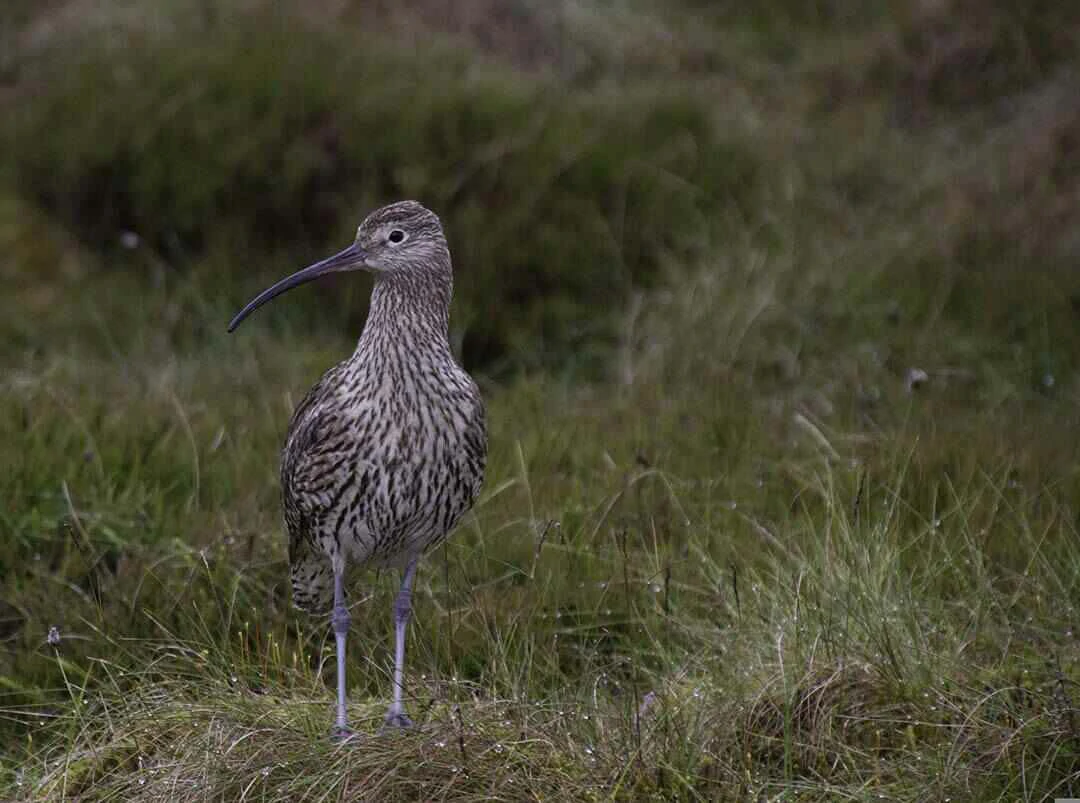
BIRDING IN
Ngorongoro Crater
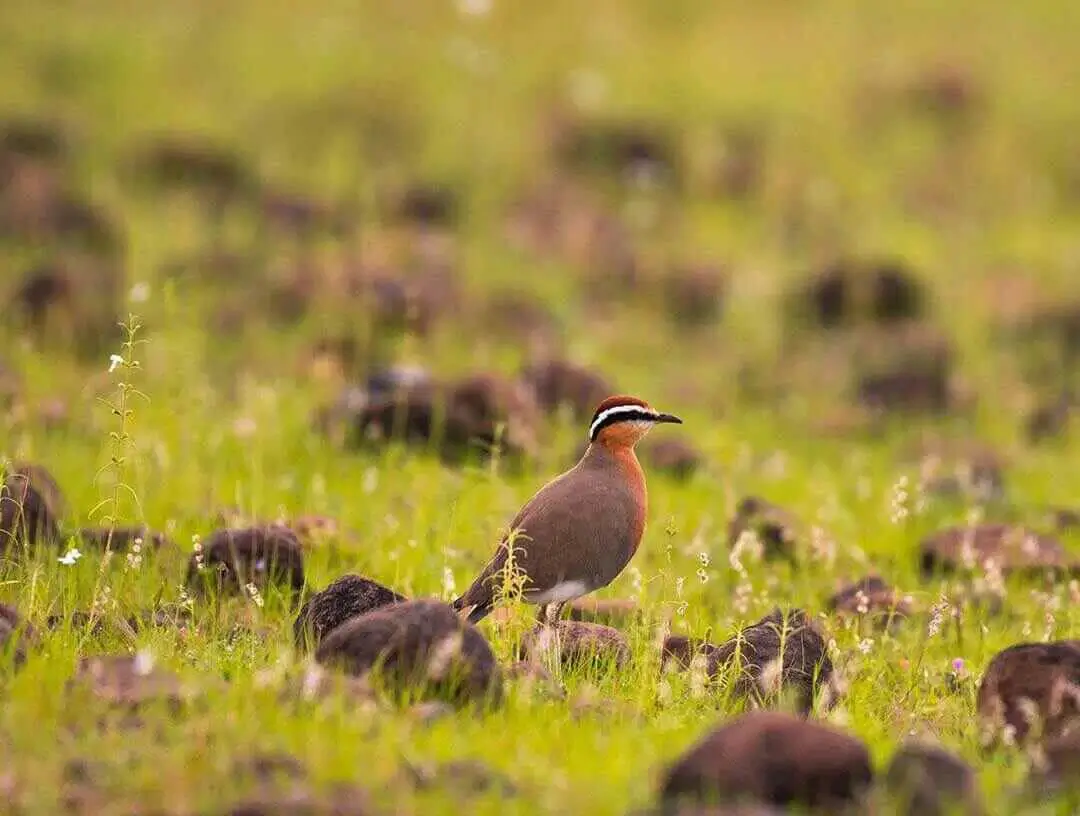
BIRDING IN
Ngorongoro Crater
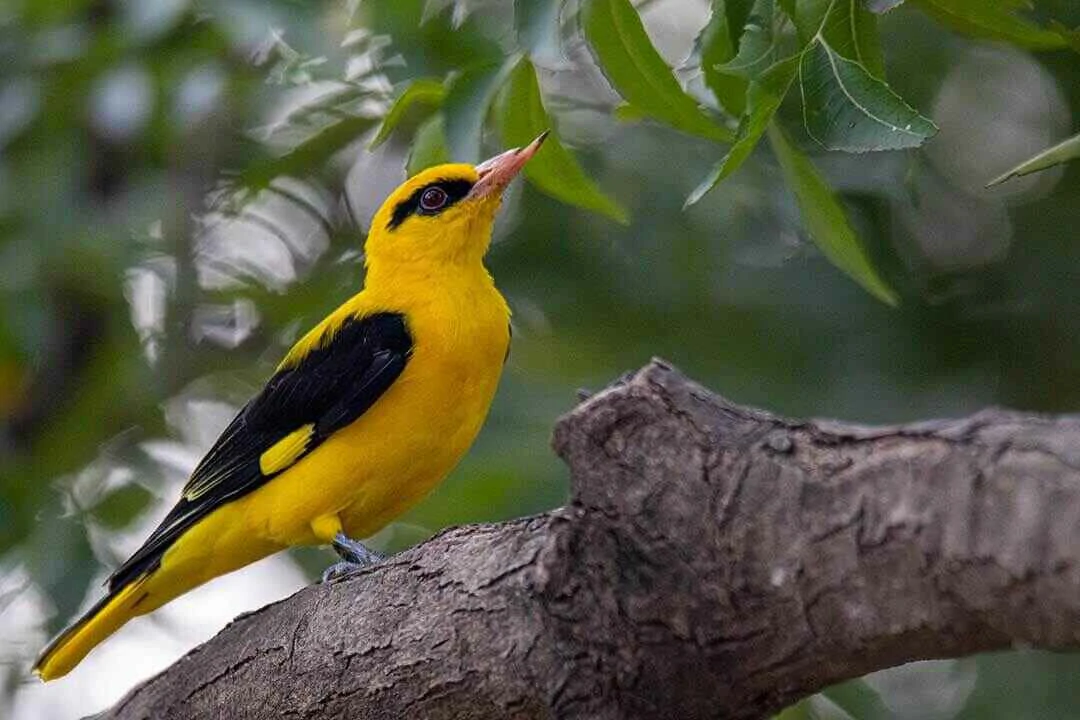
BIRDING IN
Ngorongoro Crater
The Crater Highlands were created from a series of eight volcanoes that dominated the landscape between 3.6 and 2.5 million years ago when the caldera of Ngorongoro itself was formed. To the north-east, Mount Kerimasi developed and, as it died, Mount Lengai was created. Today, after many centuries of weathering, these mountains sit above the Eastern Rift. There are four peaks above 3,000 m, dominated by open moorland habitat at high altitude. The eastern flanks of the highland block are cloaked in montane forest with Croton spp. dominating the lower areas, Acacia lahai and Albiziagummifera the higher ridges and Cassipoureamalosana in the steep valleys.
At lower elevations there are dry acacia woodlands and open grass plains in the rain-shadow of the mountains. Several important wetlands lie within the site, including Lake Makat on the floor of Ngorongoro Crater, at an altitude of 1,700 m. It is shallow and saline and only dries out occasionally.
Over 500 bird species are known from the site. Falco naumanni is a passage migrant and Circus macrourus occurs on passage and in winter. Acacia woodland holds the largest known population of Agapornisfischeri, Parusfringillinus is resident and there have been recent records of Apaliskaramojae from Acacia drepanolobium woodland in the south-west of the site. Prionopspoliolophusmay occur near Maswa Game Reserve. Gallinago media occurs infrequently on passage. Several wetlands hold important numbers of waterbirds, including Lakes Lagaja (also known as Ndutu) and Masek at the western end of Olduvai Gorge and a lake in the Empakai Crater which seasonally holds huge numbers of Phoenicopterus minor.
This lake is also an important site for both Anascapensis and Oxyuramaccoa both of which are now rare in East Africa. Lake Makat is important for Phoenicopterus minor and Phoenicopterusruber, although there have been no regular counts. Gorigor, a freshwater swamp on the eastern side of the crater floor, holds a heronry (at least Threskiornisaethiopicus and Ardeolaralloides) and several uncommon wetland species including Ralluscaerulescens and Chlidoniashybridus, both of which probably breed. During years of exceptional rainfall both the Olbulbul depression and the Malange basin hold temporary wetlands that support large numbers of breeding birds. A roost of 7,000 Bubulcus ibis was located on the edge of the Olbalbal depression.
Our Experts are ready to provide answers

Arusha is known to support at least 411 species, including Ardeolaidae, as a non-breeding visitor in small numbers, and one species of the Serengeti plains Endemic Bird Area, as well as 11 species of the Somali - Masaibiome.
Read More
A total of 457 bird species have been recorded from the site. The area is of major importance to migratory waders from northern Eurasia, supporting about 30,000 birds.
Read More
The birdlife in Katavi is good year-round, but at its best from November to April when the migratory birds from Europe and northern Africa are present. At this time, many resident bird species are nesting and are in breeding plumage.
Read More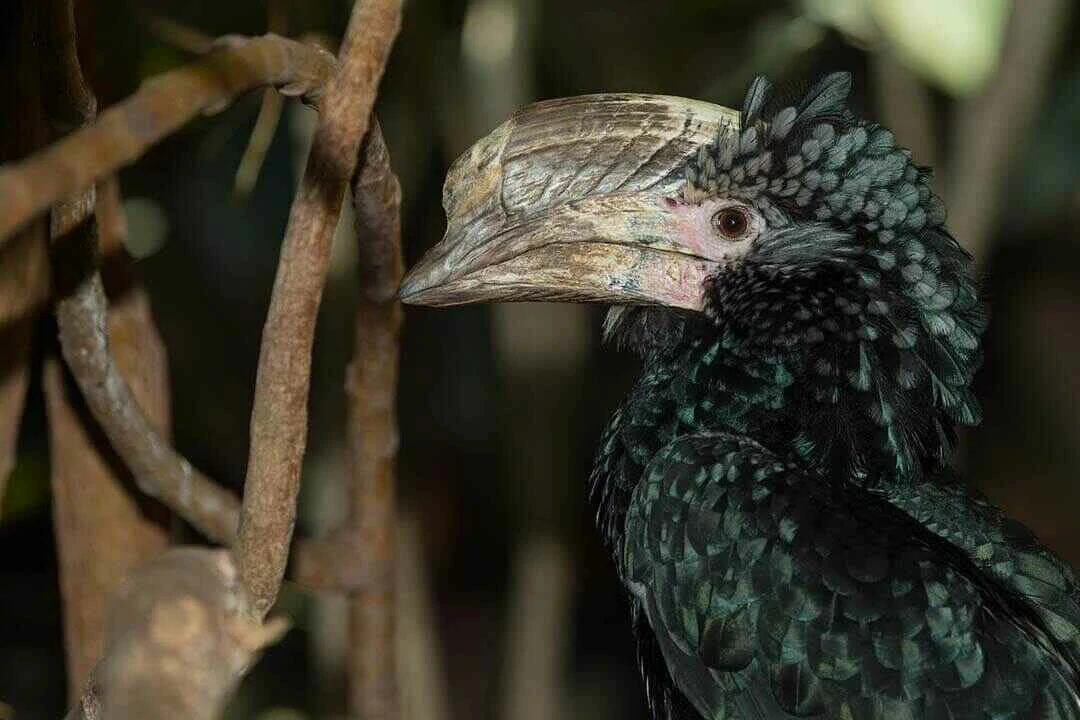
More than 400 species have been recorded here and you can reasonably expect to observe 100 of these in one day.
Read More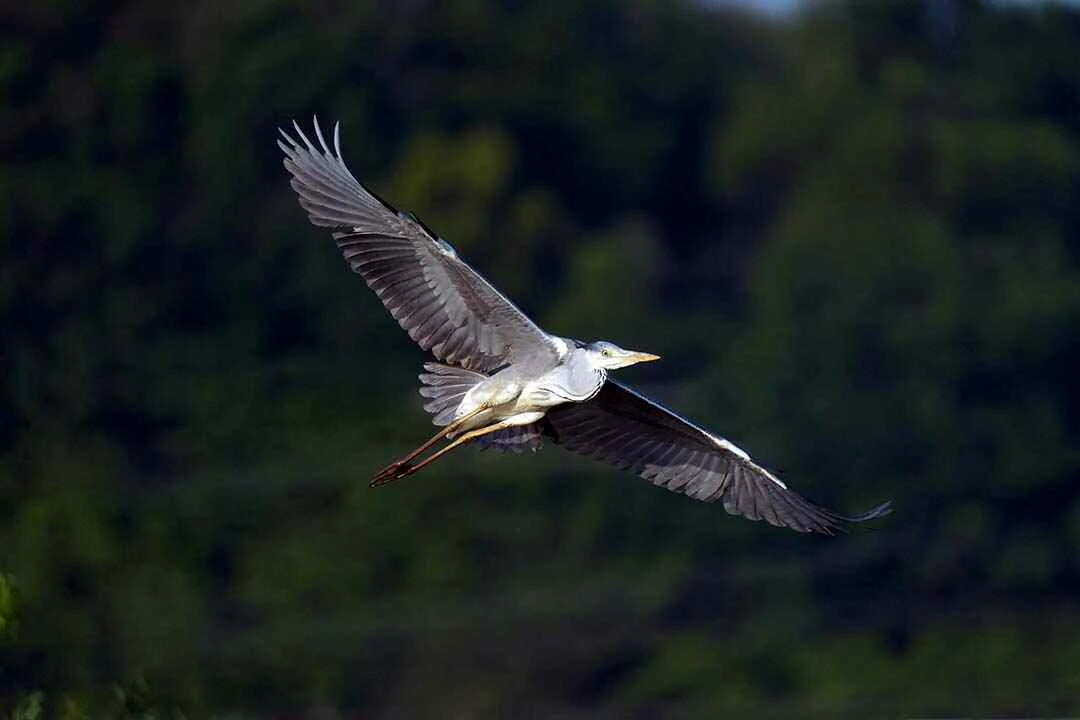
Bird species list includes only 214 species and these include three Guinea - Congo Forests biome species. An endemic subspecies of the globally threatened Apalisargentea is present here.
Read More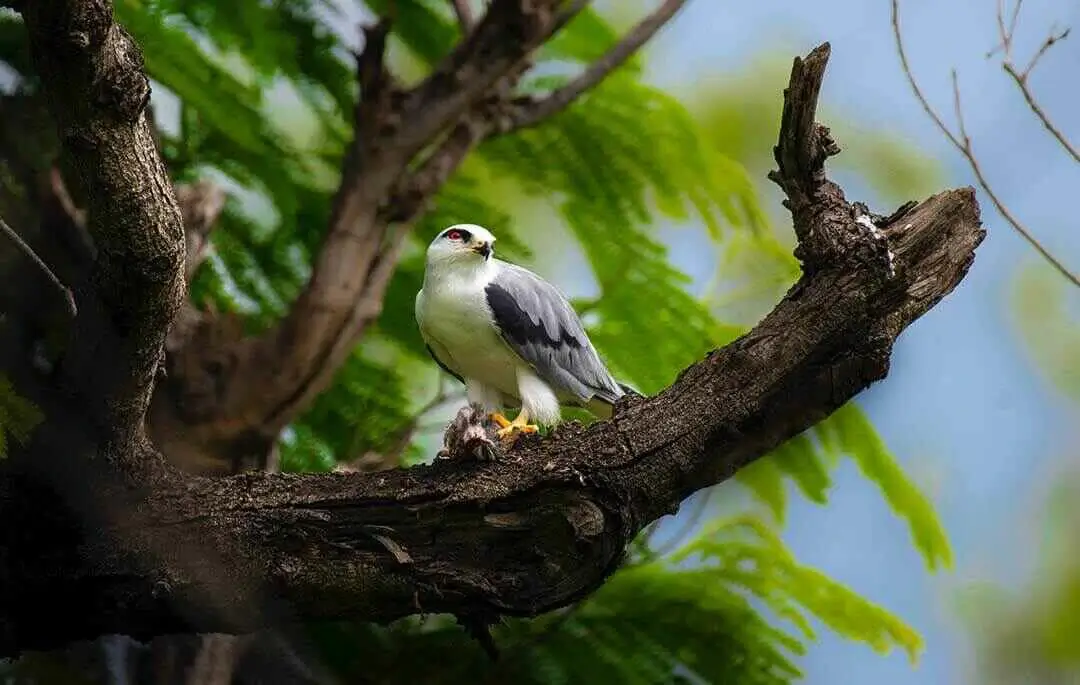
Some 393 bird species are known to occur in the area. Falco naumanni is a regular passage migrant in March and April, but there have been no records of large flocks or wintering birds.
Read More
Some 393 bird species are known to occur in the area. Falco naumanni is a regular passage migrant in March and April, but there have been no records of large flocks or wintering birds.
Read More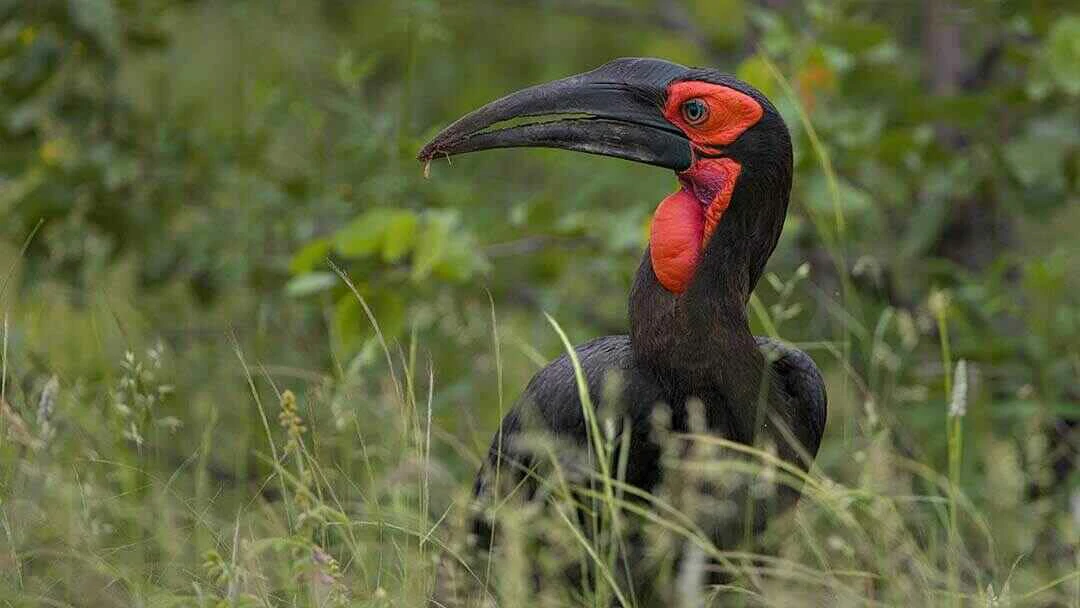
Some 410 species have been recorded for the park, but this figure is almost certainly incomplete as only the main tourist areas are well known. This total includes seven species of the Zambezian biome.
Read More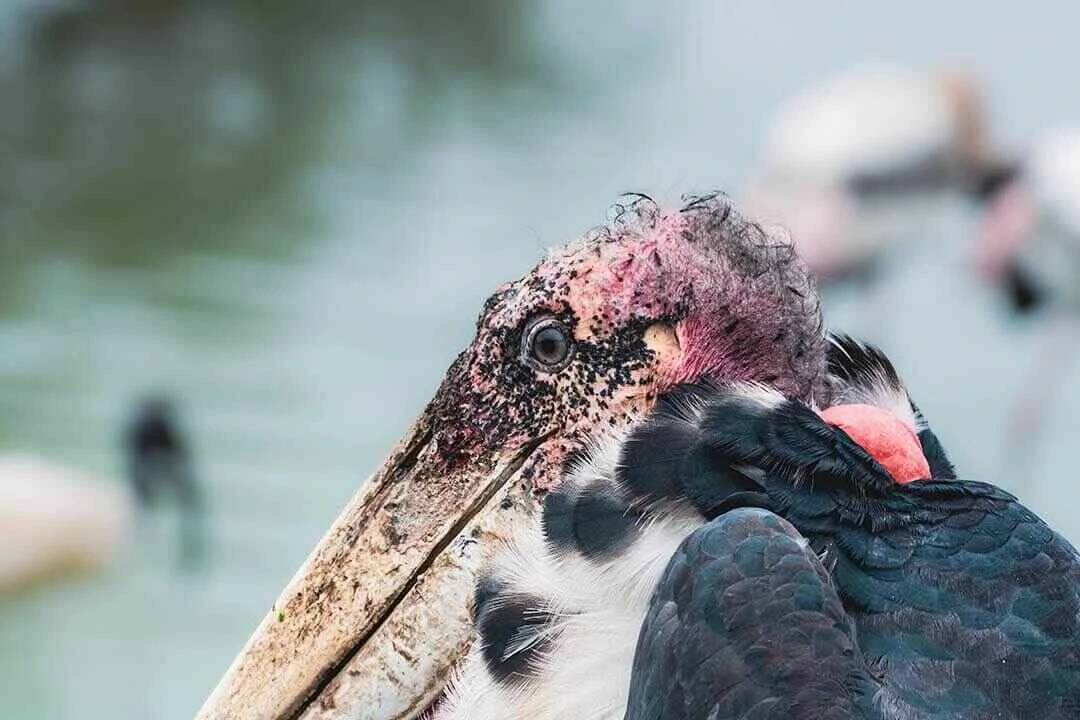
Rubondo main island holds a wide variety of other species, including huge breeding colonies of four species of Ploceus weavers and a relatively dense population of Circaetuscinerascens which are rare in East Africa.
Read More
An estimated numbers of bird species recorded from the park vary from 458 to 505. Glareolanordmanni and Apaliskaramojae, are of global conservation concern. Ardeolaidae is a regular visitor in low numbers. The status of Circus macrourus is described as locally common.
Read More
There is no species list for the park; the total is likely to exceed 450 species. Globally threatened species include Falco naumanni, which occurs in flocks of hundreds in April, following the start of the rains when invertebrate food-supplies are abundant and the park provides secure roost-sites.
Read More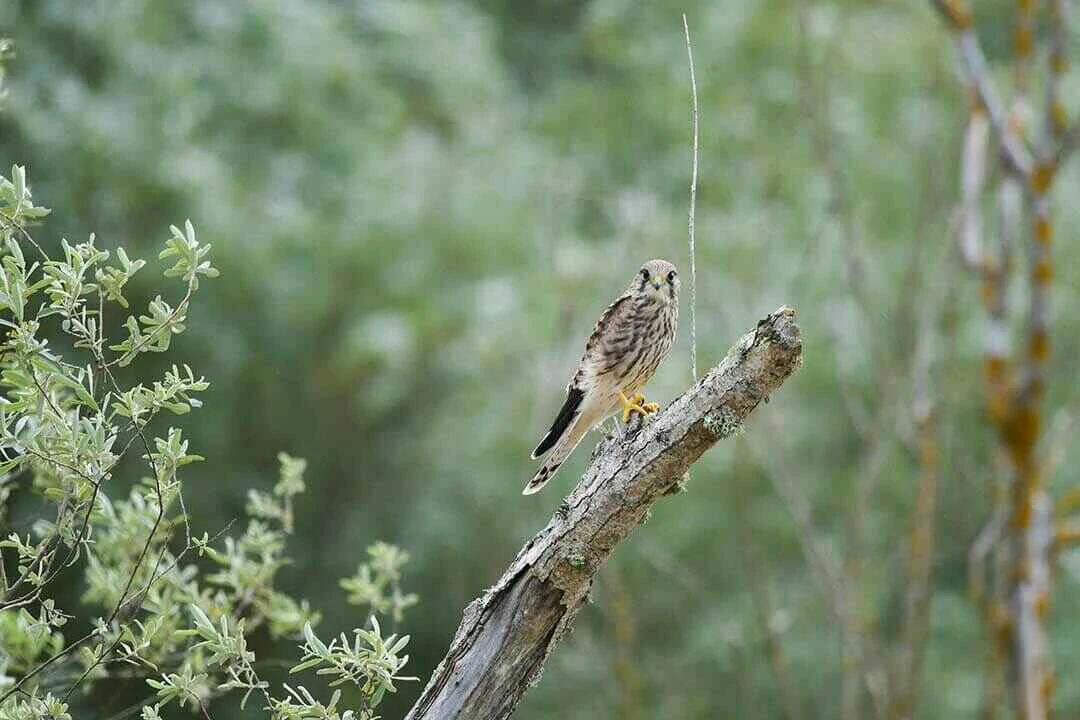
There are sightings of birds like Xenoperdixudzungwensis from near Mount Luhombero, in the park. Circaetusfasciolatus is resident at low densities in low altitude forest at the foot of the east-facing escarpment
Read More